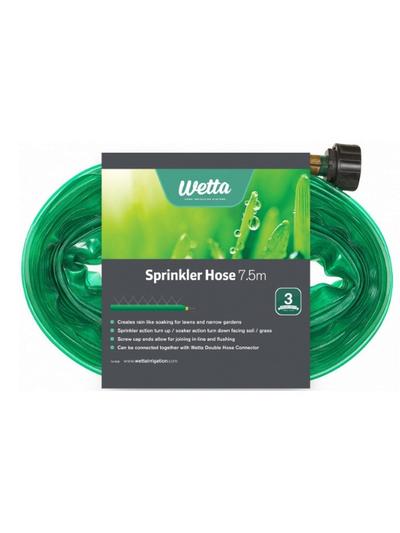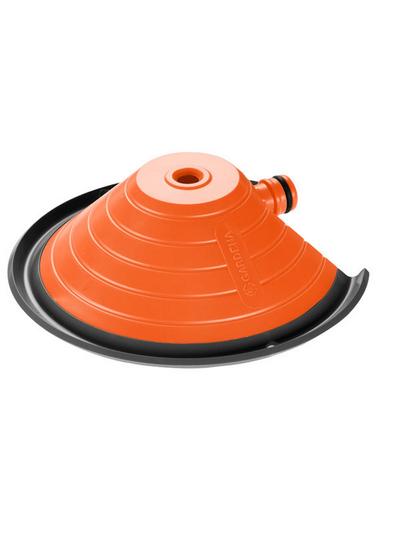
1. Keep the Soil Evenly Moist
Most plants thrive with consistent moisture levels. Allowing slight drying out between watering helps promote root growth and encourages a stronger root system.
2. Water Seldom but Thoroughly
Watering one to two times a week is often enough in flower beds. It’s better to water deeply but less frequently than to give small amounts of water frequently. This encourages deep-root growth.
3. Water Early Morning or Late Evening
Early morning or evening watering ensures less water evaporation, allowing your plants to absorb moisture before the day's heat. It also minimises the risk of fungal diseases caused by wet foliage in the cooler evening hours.
4. Keep Leaves Dry
Wet leaves, especially overnight, can encourage fungal diseases. Watering during the day can cause slight burn marks on the leaves. Focus on watering the roots, not the foliage.
5. Provide the Right Water Quantity
Ensure that the water reaches the roots adequately. Shallow watering can only moisten the top layer of soil, which doesn’t benefit the plant in the long run. This is especially important for edible plants, which rely on evenly moist soil during the growing and harvesting seasons.
6. Water with Purpose and Even Distribution
Water each plant lightly and allow the water to soak into the soil before moving on to the next. This prevents waste. Make sure to water around the entire root ball to encourage even root growth and prevent the development of one-sided roots.
7. Irrigate Efficiently to Save Water
Use just the right amount of water to keep your plants hydrated. Consider investing in an automatic irrigation system with a moisture sensor for efficient water use in garden beds, balconies, and lawns.
8. Use Quality, Clay-Rich Soil
Soil rich in clay minerals has better water-holding capacity, providing plants with a more consistent moisture level. During wet summers or winter, ensure proper drainage to avoid waterlogging, which can suffocate roots and hinder plant health.














